Fishing, as a deeply popular leisure sport, requires fish hooks as one of the essential tools in the process.
With the continuous development of fishing sports, the formerly simple fish hooks have evolved into a variety of different styles and designs.
However, with the use of these new types of fish hooks, more and more anglers are beginning to feel confused about their selection.
Among the many different styles of fish hooks, each type has its specific applicable scenarios and advantages.
Therefore, understanding and correctly selecting the appropriate fish hook will greatly improve the success rate of fishing.
Most importantly, the suitable fish hook not only helps us successfully catch the target fish but also reduces the harm to the fish.
So, which fish hook is more suitable?
Below, we will introduce six very distinctive fish hooks to give everyone some understanding of the selection during fishing.
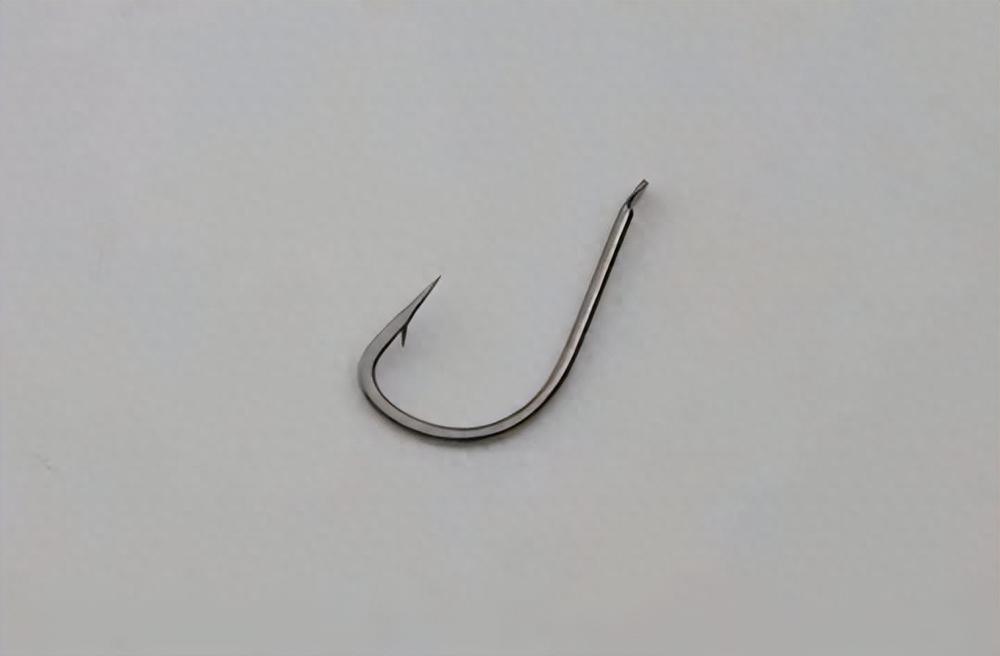
New Kanto Hook
New Kanto Hook
Among the many fish hooks, the New Kanto Hook appears very special.
So, what are the characteristics of this New Kanto Hook?
The biggest feature of this hook is that it has no barb.
Moreover, compared to the traditional Kanto hook, the New Kanto Hook is more slender and has a longer shank.
The New Kanto Hook is mainly used for fishing medium-sized fish, such as grass carp, carp, or larger Crucian carp, etc.
So, what are the advantages of the barbless design?
This is reflected in the New Kanto Hook’s use of the “multi-material” technique.
This technique involves integrating multiple materials into one, so that even without a barb, it still ensures the efficiency and accuracy of catching fish.
The New Kanto Hook, different from the traditional Kanto hook, also has the characteristic of a “long shank.”
This long shank plays its unique advantage: when we face large targets like grass carp or carp, it allows us more time to release the line, so that we won’t have to retrieve the line prematurely due to slow reaction, thus avoiding a blank (no catch).
Therefore, if we encounter large targets like carp or grass carp in the wild, we might as well try using this New Kanto Hook or the large-sized long-shank hooks in the Kanto series.
This can help us better deal with issues such as line breakage or line run when catching large targets.
SODE hook
The SODE hook is a relatively small and thin fish hook, specifically designed for fishing small-sized fish.
For example, targets like crucian carp.
When we use the SODE hook for fishing, it looks very small and exquisite, with thin hook wire and a small hook bend, and it can be said that it has no protrusions at all, appearing very smooth.
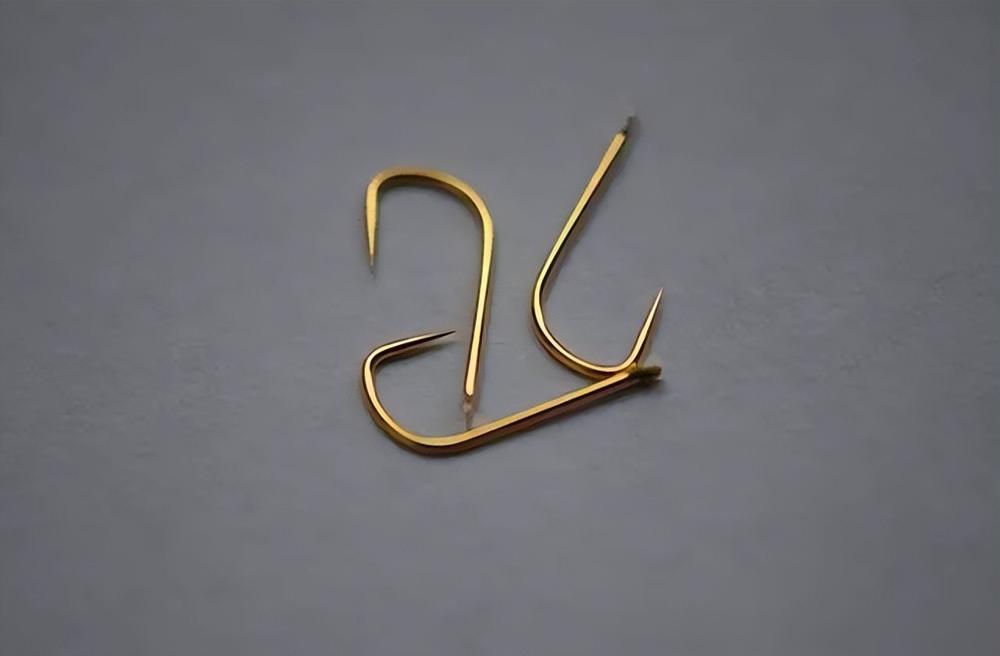
SODE hook
For small fish that want to eat small things, the bait on the SODE hook is simply an irresistible lure; as long as the SODE hook is gently cast, the fish will rush to bite, so using the SODE hook for fishing small fish is a very effective method.
In addition, the SODE hook is particularly suitable for winter, because in cold weather, small fish become more cautious; if using large bait, it can easily scare them away, but if using the SODE hook with small earthworm eggs as bait, this won’t happen, allowing us to easily catch many small fish.
Some people might find the appearance of the SODE hook strange; after all, it is so small, how can it catch fish?
Actually, this is exactly the advantage of the SODE hook; it can easily catch small fish with very small mouth parts, and compared to large fish, small fish are easier to hook, so there’s no need to worry.
In short, if you are racking your brains over how to catch small fish, you might as well try the SODE hook method; it’s very effective!
CHINU hook
The name “CHINU hook” sounds a bit strange, and it’s not easy to classify it as for freshwater or saltwater, but based on practical application, it is usually used in saltwater environments.
The characteristics of the CHINU hook are mainly reflected in its bend and a short vertical section at the elbow, which can better secure the bait, making the bait more stable to attract fish.
Moreover, the CHINU hook comes in different sizes, with large sizes for saltwater operations and small sizes for large freshwater operations, making it very adaptable.
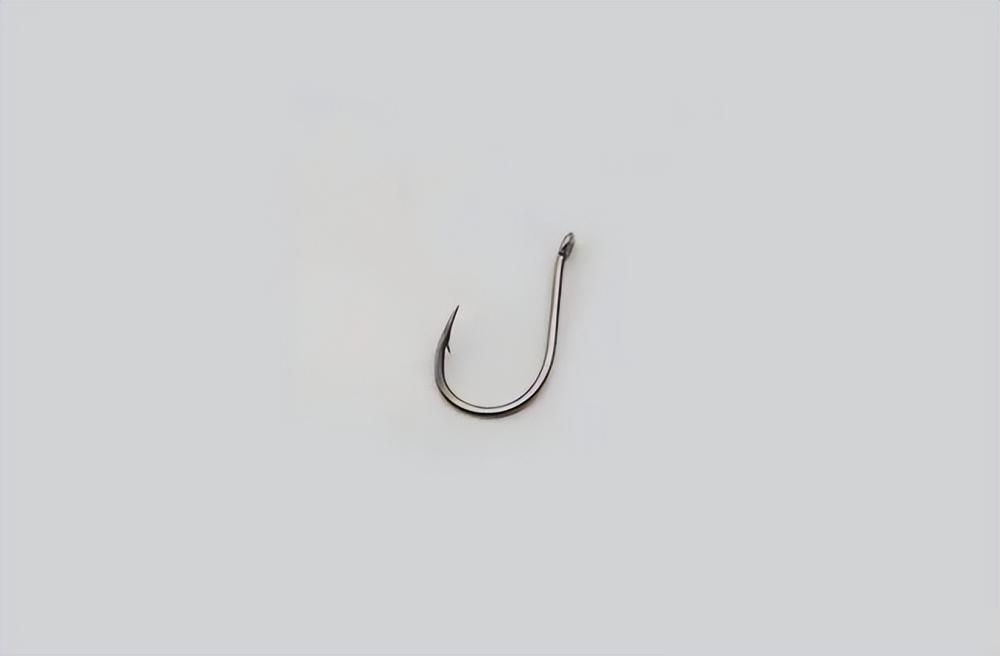
CHINU hook
When we are saltwater fishing for large fish at the seaside, if the CHINU hook can better secure the bait, then there is a greater chance of attracting large fish to feed, thus achieving the capture of significant targets. Therefore, if we want to use the CHINU hook for large saltwater fishing, we must choose the appropriate size of CHINU hook to improve the catch rate.
Similarly, if we want to catch large fish in freshwater, we can also choose the small-sized CHINU hook designed specifically for freshwater. This way, the CHINU hook can better secure the bait, attracting large freshwater fish to feed, thus achieving the capture of significant targets. Therefore, whether in saltwater or freshwater fishing, the CHINU hook is a very effective choice; we only need to select the size that suits our needs to achieve success.
Izumo Hook
After talking about so many fish hooks, everyone must have noticed a problem: the names of these types seem to be named after place names, all combined from two Japanese place names. This Izumo Hook is composed of two Japanese place names “I” and “zumo.”
The reason it is called Izumo is that it is a region very famous for delicious seafood, and “zumo” means small, meaning that this Izumo Hook is specifically designed for making relatively small seafood, thus becoming a specialized tool for such small food.
What is this small food? It is the well-known hairy crab. It can be said that it is very professional in the crab industry; when ordinary people play with crabs, they basically use the Izumo Hook for operation, so the most commonly seen in various fishing tackle shops is this Izumo Hook.
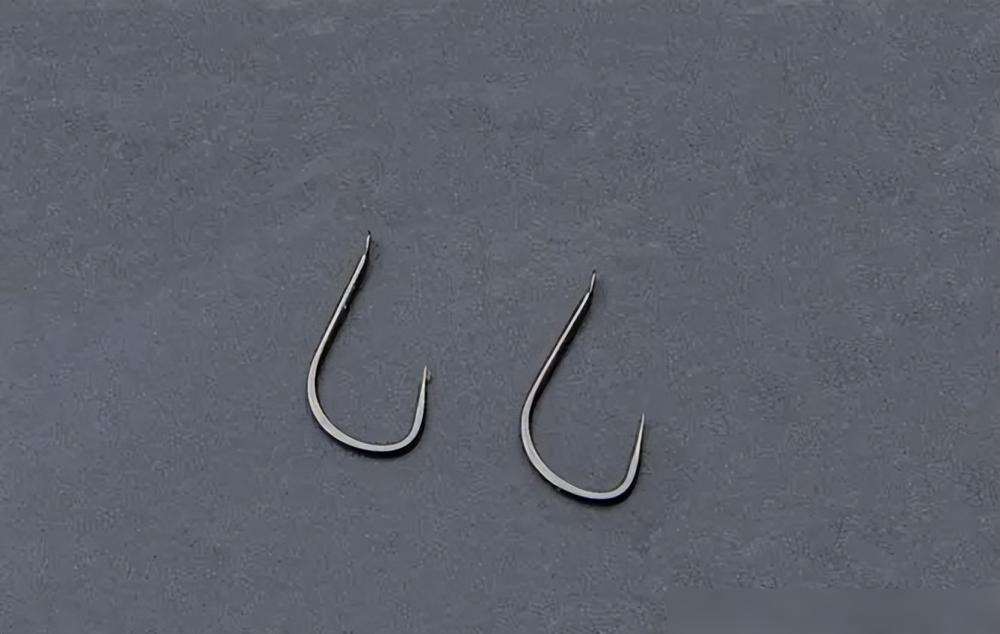
Izumo Hook
The Izumo Hook is specifically used for wild fishing, and all kinds of tools can be assembled, making it very convenient. What’s different is that in terms of performance, the Izumo Hook mainly targets the claws, but rarely the gills. Since crabs are already clawed when alive, this design of the Izumo Hook actually meets the requirements quite well. As fishing tackle becomes more specialized, a style specifically for crab rings has also been derived.
Iseama Hook
After talking about two Japanese place names, let’s look at the next one. This one is called Iseama Hook, and it should also be derived from a Japanese place name. Is this Iseama Hook the same as the ones introduced before? Actually not. This Iseama Hook was designed specifically for catching large fish in Ise, and because it is very good at catching large fish, it got this name.
If the previously introduced Koike only has a high catch rate for large fish but also harms other target species, then this Iseama Hook does not, how do I say this?
Actually, the Iseama Hook is a very sturdy and non-slip hook specifically designed for large fish. It is the best choice for large fish and has a very good reputation. This reputation has existed for many years and has been tested by many people before concluding. Therefore, when encountering large fish like these big guys, purchasing a genuine Iseama Hook becomes your best choice.
Koike Hook
Koike is also a name taken from Japanese; so where in Japan is Koike from?
According to research, Koike comes from a small cape corner called Koike in the Nagasaki area of Japan’s coast. From the previous two, we can see that the main purpose is to catch slow-moving crustaceans, but the name Koike is used accordingly. Next, let’s talk about how to use this Koike Hook.
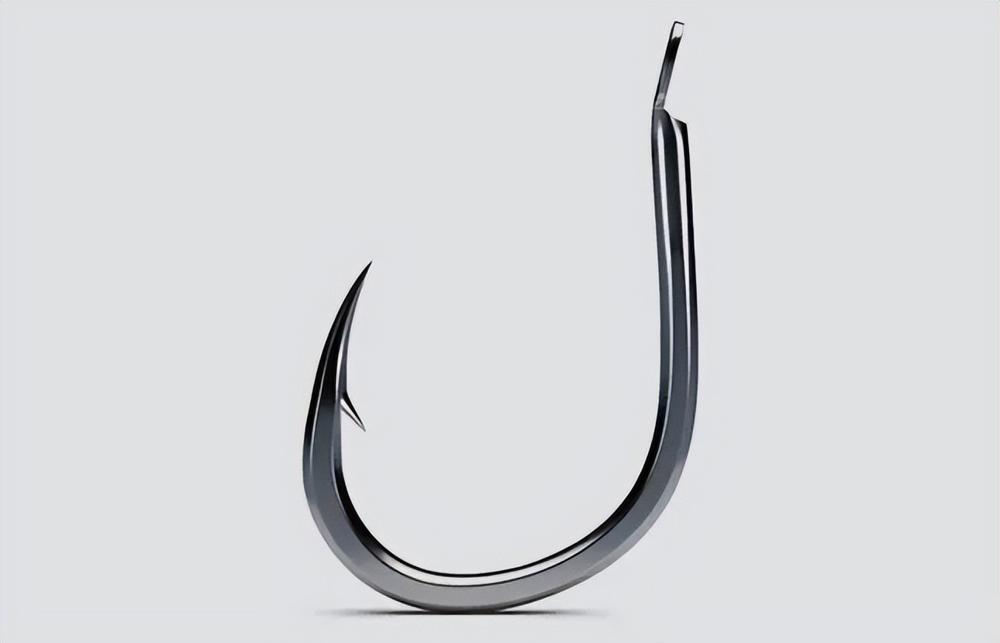
Koike Hook
This Koike Hook also adopts a very short but strong shank design combined with a curved design, which together can perfectly match the rod set to the greatest extent, thus minimizing issues like line run or breakage when catching such large guys. Overall, this Koike Hook is a very suitable and highly complete tool for catching large fish!